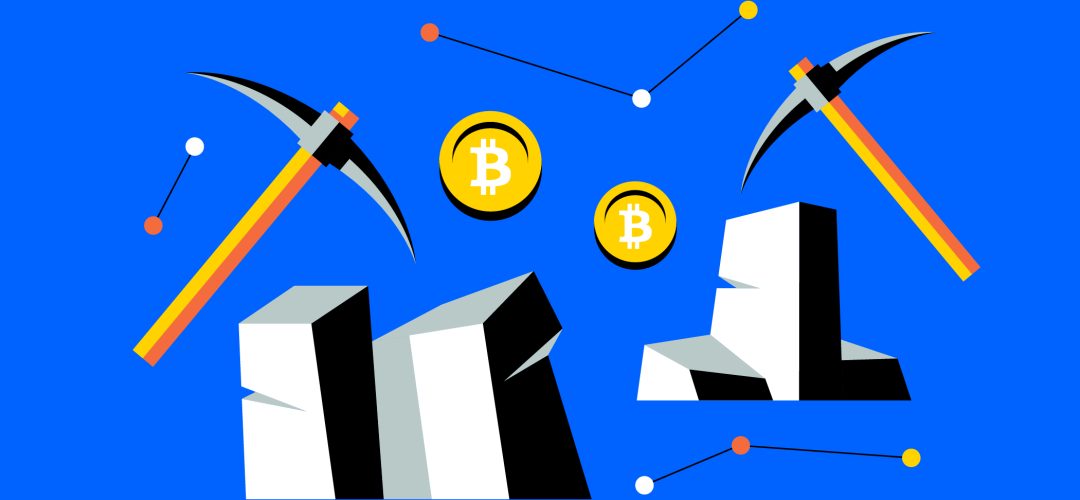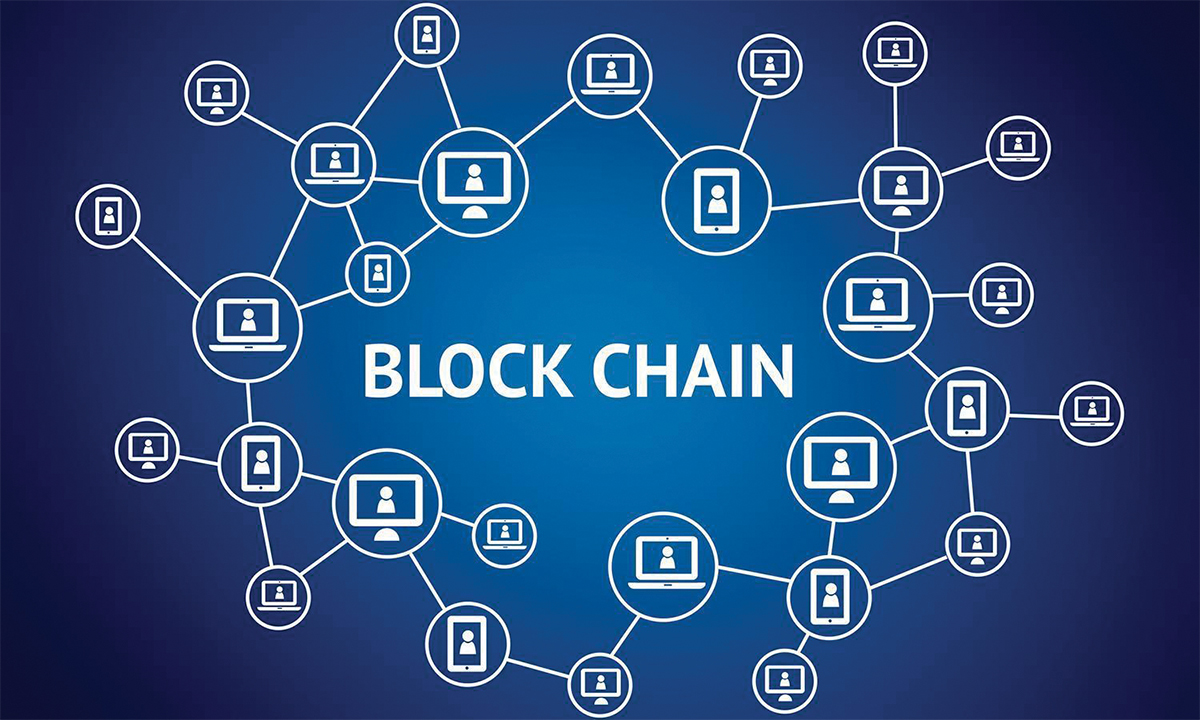Cryptocurrency mining, the backbone of many decentralized networks like Bitcoin, remains a compelling—yet often misunderstood—venture. It’s the digital process of validating transactions and adding them to the public ledger, known as the blockchain. In return for this computational work, miners are rewarded with newly minted cryptocurrency and transaction fees.
While the allure of “earning” crypto might seem like a passive income dream, the reality of modern mining is a complex, capital-intensive, and highly competitive business. Before you dive into the humming world of mining rigs, you need a clear, realistic understanding of the landscape.
1. Understanding the Mechanics: Proof-of-Work (PoW)
At its core, mining for cryptocurrencies like Bitcoin operates on a Proof-of-Work (PoW) consensus mechanism.
- The Task: Miners compete to solve a complex computational puzzle—a cryptographic hashing problem—to discover a valid hash for the new block of transactions.
- The Reward: The first miner to find the correct solution gets to add the block to the blockchain and is rewarded with a set amount of the native cryptocurrency (the block reward) plus the transaction fees within that block.
- Difficulty: The computational difficulty of the puzzle is constantly adjusted by the network to keep the block creation time consistent (e.g., roughly every 10 minutes for Bitcoin), regardless of how many miners are competing. This increasing difficulty is the primary factor that diminishes profitability over time for older or less efficient equipment.
2. The Essential Hardware and Software
Gone are the days when you could mine profitably with a standard desktop computer’s CPU. Today, profitable mining requires specialized, high-powered equipment.
Hardware
The required hardware depends heavily on the specific cryptocurrency’s hashing algorithm:
- ASICs (Application-Specific Integrated Circuits): These are machines specifically designed to perform one type of hashing calculation (e.g., SHA-256 for Bitcoin). They offer the highest hash rate (computational power) and efficiency but are extremely expensive and become obsolete relatively quickly as new, more powerful models are released. If you plan to mine Bitcoin, ASICs are a non-negotiable requirement.
- GPUs (Graphics Processing Units): These are more versatile and are used to mine cryptocurrencies that utilize algorithms resistant to ASICs (though many popular ones have moved away from this). GPUs are less efficient for Bitcoin than ASICs but offer more flexibility to switch between different mineable coins based on current profitability.
Software
Mining software acts as the crucial link between your hardware and the chosen blockchain network or mining pool.
- Function: It manages your hardware’s operations, communicates with the network/pool to receive tasks and submit solved work, and monitors performance metrics like hash rate and temperature.
- Popular Examples: Common software includes CGMiner, BFGMiner, and managed solutions like NiceHash or HiveOS, which often simplify the process. Most popular software is free, but some pool-management platforms charge a small fee.
3. Solo Mining vs. Mining Pools
The sheer difficulty and competition on major blockchains like Bitcoin mean that an individual miner, even with a single powerful ASIC, could potentially wait years to solve a block alone. This is where Mining Pools come in.
| Feature | Solo Mining | Mining Pool |
| Probability of Reward | Extremely low/sporadic. (Like winning a lottery.) | High/predictable. (Rewards are pooled.) |
| Reward Payout | 100% of the block reward and fees (if successful). | Rewards are split proportionally based on your contributed hash rate, minus a pool fee (typically 1–4%). |
| Best For | Massive, enterprise-level mining farms with vast capital. | Individual and small-to-medium-scale miners seeking stable, regular income. |
For almost all newcomers, joining a reputable mining pool is the only viable path to consistent revenue. The pool combines the computational power of thousands of miners to increase the chance of solving a block, ensuring all members receive small, regular payouts.
4. The Cost-Profit Calculus: Is it Worth It?
The biggest mistake a prospective miner can make is focusing solely on the potential block reward without calculating the true operating costs. Mining is a highly localized business where the price of electricity is king.
Initial Capital Costs (CapEx):
- Hardware: The price of ASICs or GPUs.
- Infrastructure: Housing the equipment (racks, shelving), network gear, and powerful cooling systems to dissipate the intense heat generated.
Ongoing Operational Costs (OpEx):
- Electricity: The most critical cost. Miners run 24/7/365. Your local electricity rate per kilowatt-hour (kWh) determines profitability. A small difference in the rate can turn a profitable operation into a money pit.
- Pool Fees: The percentage deducted by the mining pool.
- Maintenance: Replacement of fans, cables, and potential repairs.
- Cooling: Costs associated with climate control (fans, AC units, immersion cooling).
- Internet: A stable, high-bandwidth connection is necessary for low latency and high uptime.
The Profitability Equation
To determine profitability, you must use a reliable Mining Profitability Calculator. These tools require you to input:
- Your hardware’s Hash Rate and Power Consumption (Watts).
- Your Electricity Cost per kWh.
- The coin’s Current Price and Network Difficulty.
- Your Pool Fee.
Note: A calculator only provides an estimate. Network difficulty increases over time, and the coin’s price is highly volatile. Your real-world profit can fluctuate dramatically.
5. Key Risks and Challenges
Before you buy your first piece of hardware, acknowledge the significant risks.
- Volatility of Cryptocurrency Prices: The value of the mined coin can plummet, making your operation unprofitable overnight, even if your power costs remain the same.
- Increasing Difficulty: As more miners join the network, the difficulty rises, demanding more computational power (and electricity) for the same reward. This necessitates constant hardware upgrades to stay competitive.
- Hardware Obsolescence: New, more efficient hardware is released regularly, making your expensive equipment obsolete much faster than a standard computer.
- Regulatory Uncertainty: Governments around the world are still defining their stance on crypto mining. A sudden ban or new taxation can render an investment worthless.
- Heat, Noise, and Logistics: Mining rigs generate a tremendous amount of heat and noise. Proper ventilation and housing are essential, especially for residential setups.
Conclusion: Weighing the Trade-offs
Cryptocurrency mining is a legitimate, albeit demanding, way to participate in the blockchain economy. It offers the benefit of earning crypto directly and supporting the network’s security.
However, it is fundamentally an industrial operation, not a simple plug-and-play side hustle. Success hinges on a triumvirate of factors: low electricity costs, access to efficient, modern hardware, and a high tolerance for operational risk.
If your local power rate is high, or if you lack the technical expertise and capital for a proper setup, simply buying and holding the cryptocurrency (HODLing) remains a vastly simpler, lower-risk, and often more profitable investment strategy than mining. Do your due diligence, run the numbers through a profitability calculator, and only proceed if the numbers clearly justify the significant upfront investment and ongoing commitment.





